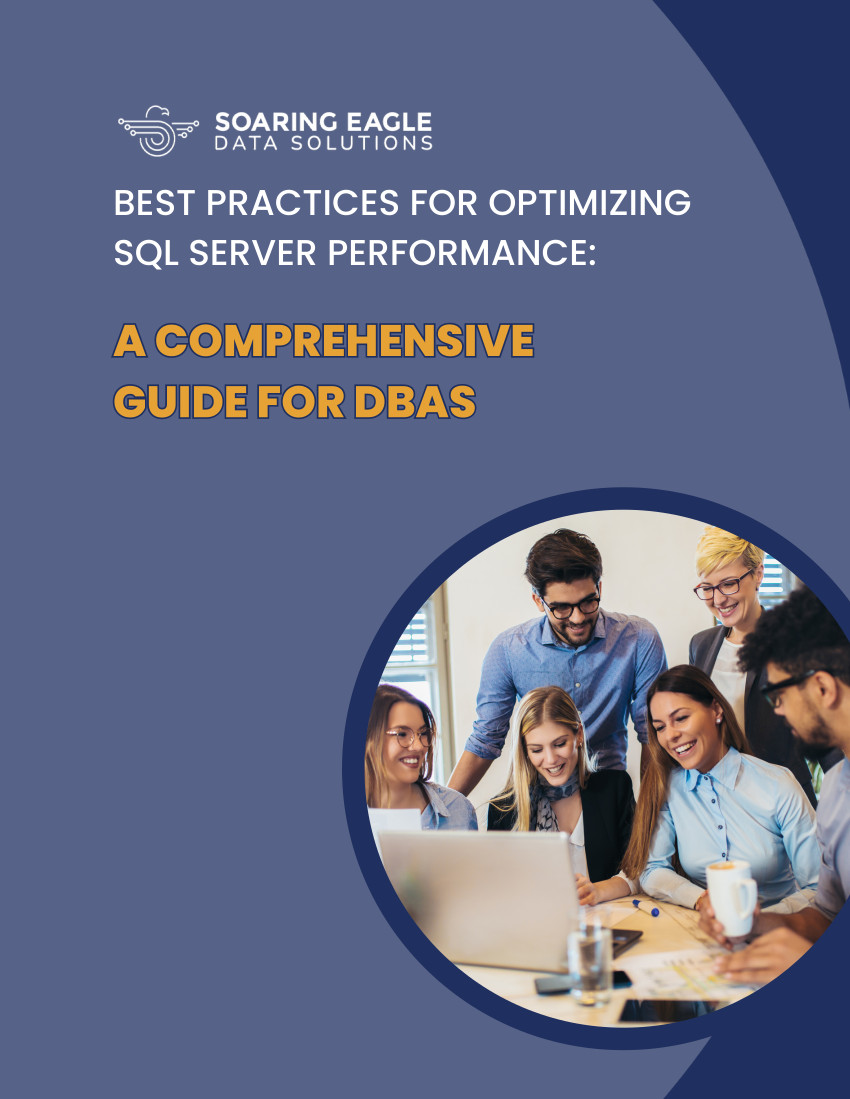
On Microsoft's website you will see this notice
"Microsoft has extended support until 2026.'
So there is a bit of confusion about what this means to your business. Microsoft uses to terms to express the type of support that they sell with their SQL Server software.
Mainstream support is the support that you receive for 5 years after the release of that version of SQL server. This support is full support covering bug fixes, help when you are having technical difficulties, patching for bug fixes and security patches.
Extended support is the support that you receive SHOULD YOU PURHCHASE IT, security patches and bug fixes they choose to provide for 10 years after the release of the version of SQL Server.
So here is the summary of the SQL Server support licensing. For each SQL Server version you have 10 years of support, the first 5 years is full or MAINSTREAM SUPPORT, and for a total of 10 years you can purchase EXTENDED SUPPORT which covers 5 more years of just security patching support.
The 10-year extension of support is a misnomer, Microsoft is not extending Mainstream support. If you have a problem they have the right to point and laugh. Even though you paid.
MS SQL Server 2016 and 2017 is out of Mainstream support and by 2026 and 2027 respectively will be out of extended support.
This does mean that if you are a security/compliance conscientious company you will now start investigating the process of upgrading your out of mainstream support SQL Servers.
This is not suggested easily, because we all know that the cost of compliance is really hitting our corporate budgets hard. It seems every day we see new procedures that we must design and implement, and, in our organization, we do a bit of head banging around this issue. Our growth is held back by the security budget and the work we need to do to stay compliant. The fact is we need to keep our software, hardware, and network up to date with the latest compliance improvements or if we get hit with a lawsuit negligence can be added to the list.
There are corporations still running well using older versions of Microsoft SQL Server as far back as 2000. These companies are not trying to be renegades they have a couple of issues, they are change adverse, or critical software was created by a company the Sent out of business before they approved later releases of sql server. Their applications are running well, and they know the upgrades will cause code changes, user changes. Frankly, they just don't have the time to do the step-up upgrades. The budget costs are large here, between time and, the software purchases, UAT testing. The team to get this done must include members of your user community, security, developers, networking, hardware, and dbas. This is not a small team, and each member must be committed to dedicate the time to be successful.
The point is not to dissuade you from upgrading to fully supported SQL Server but to share the understanding of why some companies just struggle with this decision. The fact is that the most solid answer is to ensure you are compliant. IF you do this as you go it is easier to upgrade. Staying with older versions just means the path to upgrade is steeper and more expensive. There are new data management features, along with security features in the newer versions that you may find makes your working life easier.


